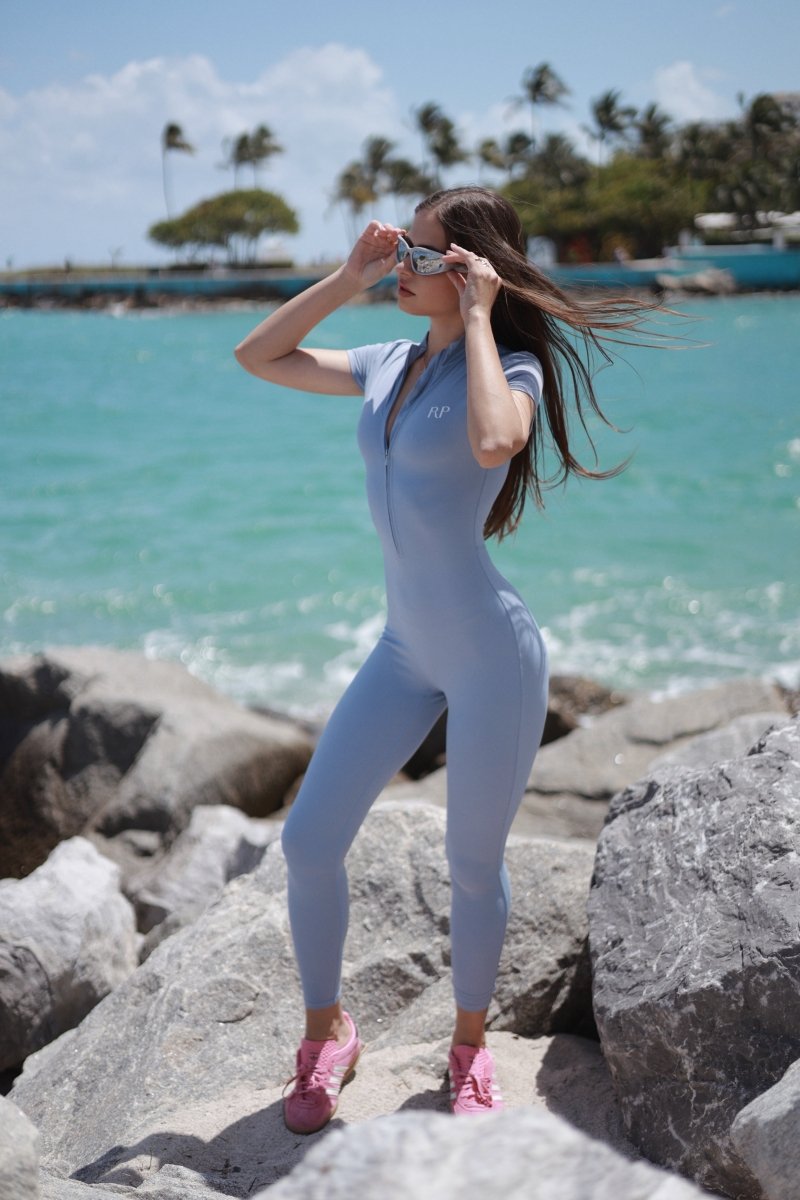10 Key Differences Between Activewear and Sportswear for Women in the U.S.
In the world of fitness and fashion, the terms ‘activewear’ and ‘sportswear’ are often used interchangeably, but they represent distinct categories with unique features and purposes. Understanding these differences can help you make better choices for your wardrobe—whether you’re hitting the gym, running errands, or lounging at home. Let’s dive into what sets these two styles apart.
1. Fabric Focus: Flexibility Versus Durability
Activewear tends to prioritize stretch and flexibility, thanks to materials like spandex and elastane. This makes it ideal for activities requiring a wide range of motion, like yoga or Pilates. Sportswear, on the other hand, often incorporates tougher fabrics designed to withstand harsh conditions and frequent washing, perfect for more rigorous sports.
The choice between activewear and sportswear fabrics often depends on the activity. For instance, those who practice yoga may prefer flexible and breathable activewear, while individuals engaging in outdoor sports might prioritize the durability of sportswear to protect against the elements. Understanding the fabrics used in each type of clothing can greatly affect your comfort and performance.
2. Design and Functionality
The design of activewear often leans towards stylish and trendy, with functionality coming second. In contrast, sportswear is primarily designed for performance and efficiency, featuring elements like moisture-wicking fabrics and strategic ventilation.
Moreover, activewear often features vibrant colors and patterns that make a statement, whether you’re on the treadmill or grabbing coffee with friends. Sportswear is more likely to include practical features like compression for improved circulation and targeted muscle support. As the demand for athleisure rises, the line between these two categories can blur, mixing fashion with function across both activewear and sportswear.
3. Purpose: Lifestyle Versus Performance
Activewear is often chosen for its versatility in day-to-day activities outside the gym, while sportswear is specifically intended for performance during physical exercise. Understanding your primary use can help determine which style is best.
If your day involves a mix of errands and light exercises, such as a brisk walk or yoga, activewear might be your go-to choice given its casual appeal and comfort. In contrast, if you’re hitting the track or the gym for a session of high-intensity training, you might want to invest in sportswear that supports high performance with its moisture-wicking technology and thermal regulation.
4. Style Versus Substance
Activewear caters to contemporary fashion needs, offering pieces that transition well from the gym to casual settings. Conversely, sportswear often embraces more traditional athletic styles, emphasizing functional practicality over fashion.
5. Fitness Trends and Evolution
The evolution of fitness trends has influenced the development of both activewear and sportswear. While activewear aligns with lifestyle trends and the athleisure movement, sportswear remains rooted in athletic performance enhancement.
As the line between fitness and fashion continues to blur, activewear evolves to meet the demands of both realms. The athleisure trend underscores this evolution, prioritizing stylish comfort that effortlessly transitions from workout to workday. Meanwhile, technological advancements in sportswear aim to optimize athletic performance by improving metrics like speed, endurance, and recovery, steering fitness enthusiasts toward their personal best.
6. Inherent Versatility
Activewear’s design allows it to double up as loungewear or casual outfits, making it inherently more versatile. However, sportswear will typically only be worn during physical activity or training due to its performance-centric design.
7. Price Points and Investment
Activewear may come with a premium price tag, especially when labeled as designer or high-fashion. Sportswear, while it can be expensive, often offers more budget-friendly options from specialized sports brands, focusing on durability and performance.
8. Technological Integration
Sportswear frequently integrates technology to enhance athletic performance, such as moisture-management systems. Activewear might also embrace technological advances but often with an emphasis on comfort and convenience.
9. Customization and Branding
Branding plays a significant role in distinguishing activewear, with many consumers opting for recognizable brands. Sportswear, while also branded, tends to offer a wider range of customization options related to sports team uniforms and individual performance needs.
10. Environmental Considerations
As consumers grow more environmentally conscious, the production differences between activewear and sportswear come into play. Activewear brands may strive for sustainable practices, while sportswear companies focus on creating long-lasting, durable products to minimize environmental impact.
Activewear brands are increasingly incorporating eco-friendly materials such as organic cotton and recycled polyester to appeal to sustainability-focused consumers. Meanwhile, sportswear brands aim for longevity, ensuring that their pieces endure high stress and reduce waste over time. The balance between sustainability and durability in these categories mirrors broader industry trends toward more responsible business practices.



